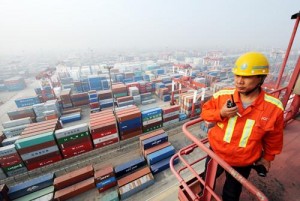Posts Tagged ‘Currency’

The “Open Doors Policy” or the economic reformations of the late 1970s in China enormously changed the entire economy of the country. The trade reformation which focused on liberalizing the trade which shifted the country a step closer to free market attracted huge foreign capital into the country in the form of FDI since 1978. The huge scarce resources of China had to be utilized soon after the reformations which indeed required huge capital. However,China heavily relied on the external funds in order to promote its manufacturing industry and the financing of newly privatized formerly state-owned companies. Therefore,China’s government issued series of policies which favoured the foreign investors. The inflows of foreign capital in the form of FDI brought in advanced technology, knowledge, management know-how which accelerated the economic growth in China in the last three decades. Since the “Open Doors” policy and trade reformations in the country in 1978, the country has been consistently achieving significant economic growth which averages at 10% of GDP. When the growth rate of China is compared to other developed economies such as USA which has an average of 3% GDP growth in the 100 years and Germany which has an average growth rate of 1.3% of GDP and Japan at 3.85% of GDP in the few decades, China is far ahead (IMF, 2009). However, many western policy makers and commentators believe that the main source of growth of China has been mainly due to FDI inflows which have been encouraged by fixed exchange rate. The source of economic growth of China is derived from three phases of development which are broken down into three periods of years. The first phase of development lasted from 1952-1978 where the Chinese government prioritized the development of heavy industries such as steel, chemicals and machinery. The second…
